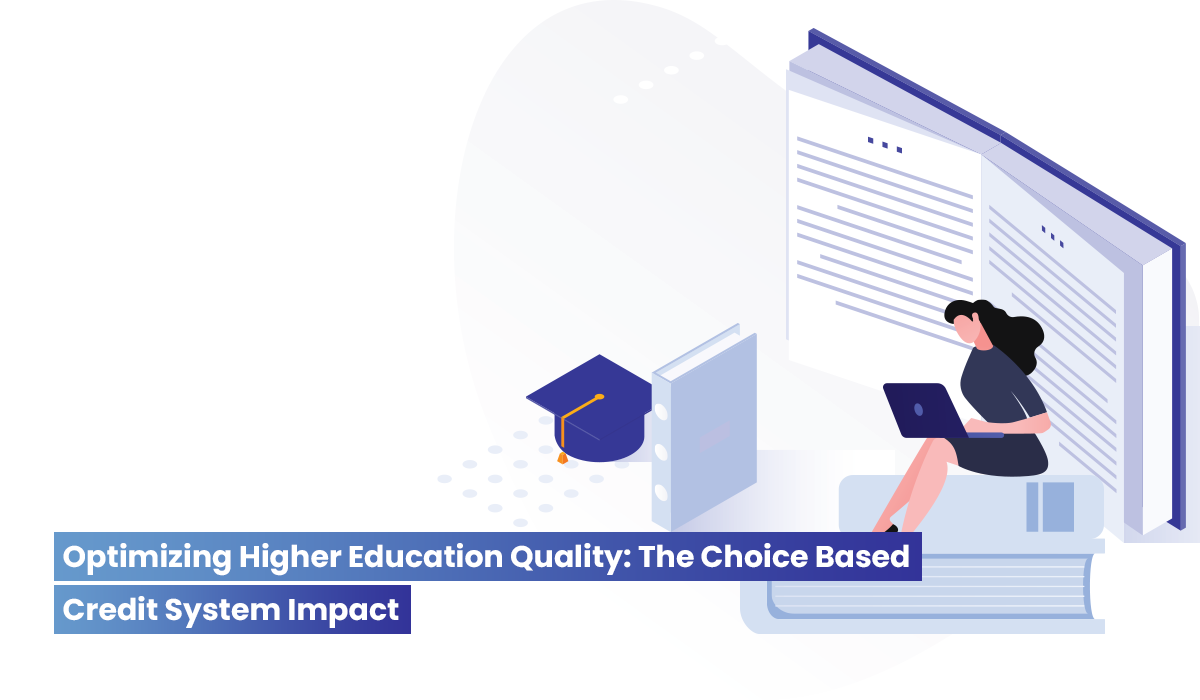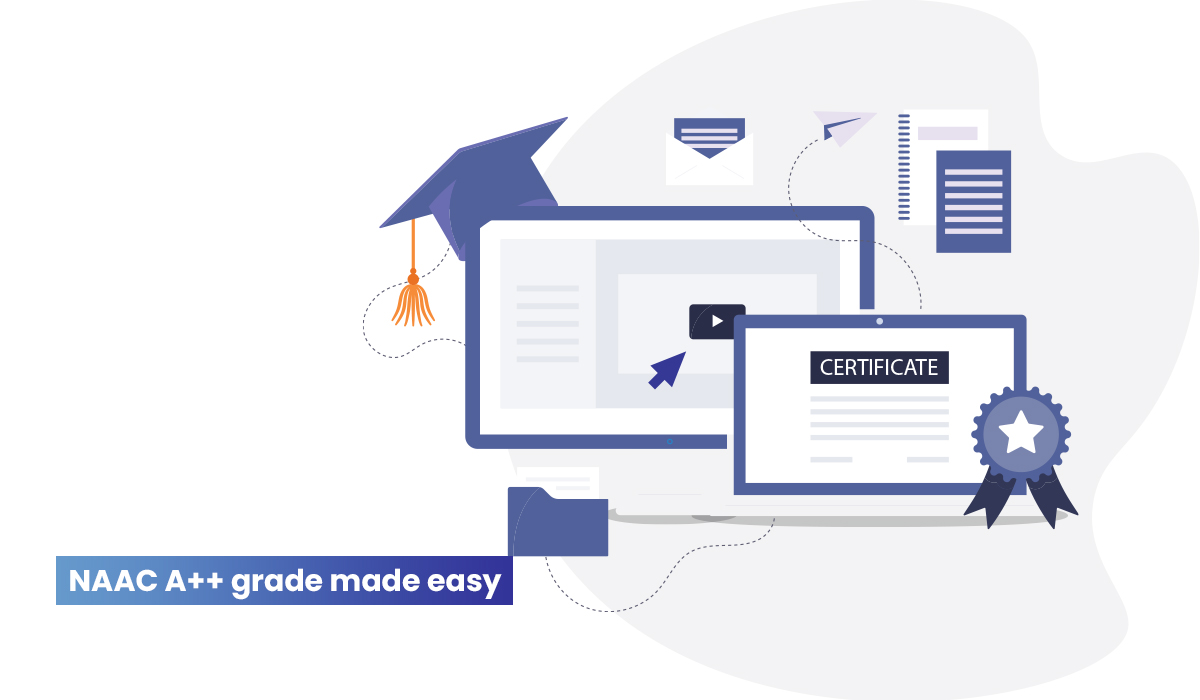Top 10 issues around school management and how to solve them easily

Common Challenges facing school management and solutions
Managing a high school and bringing together departments and campuses to achieve the mission is always a big challenge for school management.
Transforming school systems with high technology-enabled automation tools to support the academic and administrative processes will make it easy to achieve their goals.
To succeed in everyday tasks of schools, there is an emerging demand to modernize the public education system with cloud, mobile, and digital technologies to improve operational efficiency and manage the institution effectively
Here are some commonly observed school management issues, and how technological solutions can be employed to do things right:
Most 10 common problems in school management
- Paper-based processes
- Online Registration
- Admission & Enrollment
- Course Management
- Teacher Evaluation
- Communication & Collaboration
- Classroom Management Strategy
- Student Monitoring
- Revenue Management
- Forecasting the academic achievement
1. Paper-based processes
Educational institutions are burdened by cumbersome paperwork and manual processes, and they find it difficult to maintain records on attendance, fees, admissions, transport, etc., and track the information they need. Using a School Management System, automate academic processes to save time and reduce staff workload.
2. Online Registration
Students no longer have to stand for hours in the queue to pay fees. Simplify registration and fee collections with online forms, with the ability to send automatic notifications, alerts, and reminders via email, SMS alerts and push notifications from mobile devices.
3. Admission & Enrollment
Colleges and Universities are finding it hard to achieve admission and enrollment targets. Aligning people, processes, and technology with simple & user-friendly cloud-based education solutions will help institutions to manage information from inquiry and application to admission and enrollment.
4. Course Management
Designing a course curriculum that can adapt to the changing needs of the institution is crucial. With a Course Management System, institutions can accomplish a lot with limited resources. Create and track coursework, assignments, and exam papers in a conducive classroom environment to support the goal of graduating students.
5. Teacher Evaluation
Tracking the progress of teachers and evaluating the effectiveness of teachers' work is significant. The teacher evaluation system improves communication and collaboration between evaluators and teachers. Student feedback will measure the teacher’s performance in the classroom and the automated evaluation process improves student learning skills, achievement, and success.
6. Communication & Collaboration
There is apparently no platform to provide seamless communication between students, administrators, staff, and teachers. Moreover, increasing student discipline incidents happen as a result of a big communication gap between students and teachers. Web and mobile-based education management systems improve communication through instant notifications and alerts via email, SMS and push messages to keep the constituents informed at every step of the journey to build relationships and improve student retention.
7. Classroom Management Strategy
Schools are finding it difficult to handle tardy students, and solve indiscipline and behavior issues. Improve classroom environment with discipline tracking and Conduct management system to easily handle tardy students and uninformed absences.
8. Student Monitoring
Teachers are struggling to monitor student’s activities including attendance, leave, discipline, assignments, etc. School administrators are lacking in result-based monitoring tools to track student progress. Automate and streamline student attendance and absenteeism using a student information system that delivers real-time status updates of student activities to support learning needs.
9. Revenue Management
It is difficult for institutions to cope with their finances and track their fee collections and contributions. Seamlessly connect and engage with students, parents, and alumni to strengthen relationships and drive greater success.
10. Forecasting the academic achievement
Institutions are unable to manage information and there are endless delays in making decisions based on complete analysis. Dashboard reports and intelligent analytics are useful indicators for educators to examine attendance, assignments, grades, etc., and predict student outcomes. Using data analytics will help institutions identify students at risk and deploy resources to improve achievement and success.



